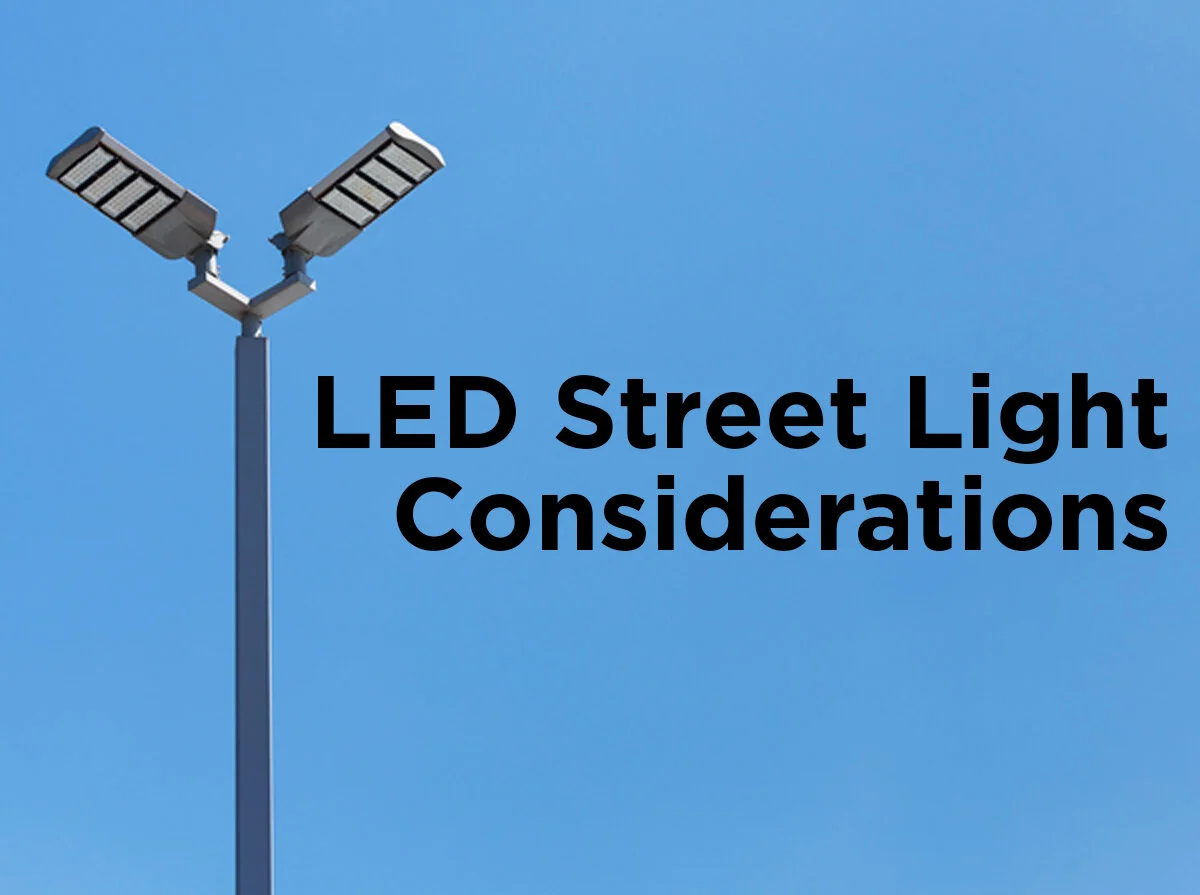Organic is a term often used to describe natural foods that are considered healthier for human and animal consumption. Not exactly the word you would think of to describe a form of lighting. However, organic LEDs (OLEDs) are a fairly new type of light source that is beginning to gather quite the shine in the lighting industry. Growing in popularity as a more flexible source of light, how do OLEDs compare to LEDs, and is one form of light more superior than the other?
How They Work
Similar to light-emitting diodes, or LEDs, organic LEDs create light with the use of two electrodes and a semi-conductor. The major difference comes from the use of organic materials in OLEDs. In traditional LEDs blue LEDs are coated with yellow phosphor to create light; however, OLEDs utilize thin layers of organic compounds to emit light through electric currents.
What’s so Different?
OLEDs are comprised of mainly organic materials, making them an environmentally friendly light source that can easily be recycled. Because of their flat surface lighting construction, OLEDs are used for digital displays, or for illumination mounted to glass, plastic and metal. Their thin, flat flexible design is visually appealing, making the lights great for accent lighting in homes or offices. Organic LEDs are considered a more “human-friendly” light source in part because they are free of ultra violet rays, unlike LEDs that still produce a very limited amount of UV radiation.
Perhaps one of the biggest reasons the desire for OLED lighting panels has increased is their flexibility. OLED panels are paper thin and pliable, giving them the unique capability to transform into almost any shape. For instance, OLEDs could be placed across an entire wall or used for whimsical lighting displays. OLEDs can also be any color; soft white light transmitted from OLEDs is comparable to sunlight, giving them a CRI of 90 or greater, a significant difference since most LED lights do not exceed 90 CRI. Another major difference in OLEDs is that they generate very little heat, less than LEDs, making the need for heat sinks and diffusers obsolete.
Drawbacks
Before deciding you can’t live without OLED lighting, you may want to check the price tag. One panel of OLED light can retail up to nearly $200 while a futuristic flat paneled OLED chandelier is nearly $10,000. Beyond a costly price tag OLEDs currently have a shorter lumen life than most LEDs. For example the LG Chem OLED light panels have 40,000 hours of luminance whereas some traditional LEDs can have as many as 100,000 lumen hours.
Currently, OLEDs cannot achieve the same amount of brightness produced by most LED lamps. Where it may take 3 or 4 LED lights to illuminate your kitchen, it could take twice as many OLED panels, and for up to ten times the cost. Also, because of their organic compounds and their sensitivity to heat OLEDs are not as durable as LEDs, making it unlikely that current generations can ever be used as traditional screw-in light bulbs.
OLEDs are definitely an interesting and impeccable new form of lighting. However, they still face issues in cost and efficiency. As prices continue to lower, LED lighting technology continues to advance as the most energy-efficient form of light. Maybe it’s a little too soon to go organic but the possibilities for the future are hopeful. What are your thoughts on Organic LED and LED lighting? Feel free to comment, or drop us a line on Facebook, Twitter, LinkedIn, or Pinterest!






